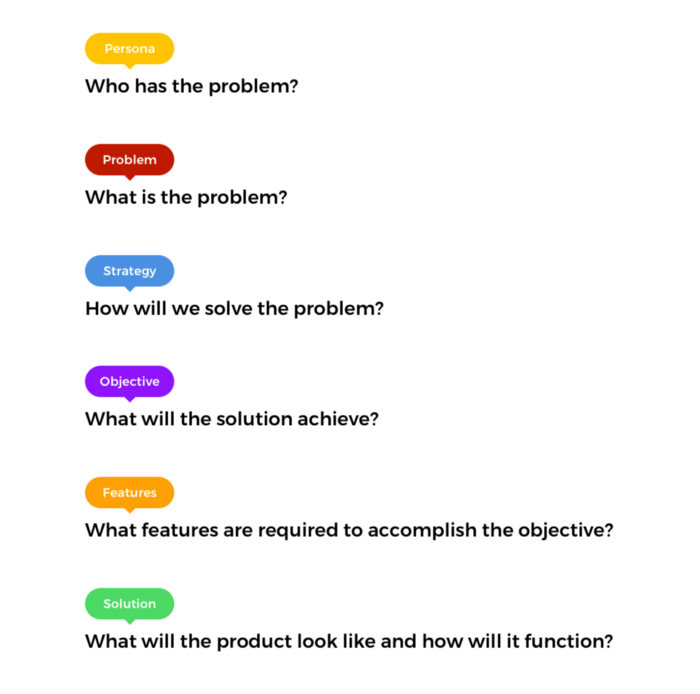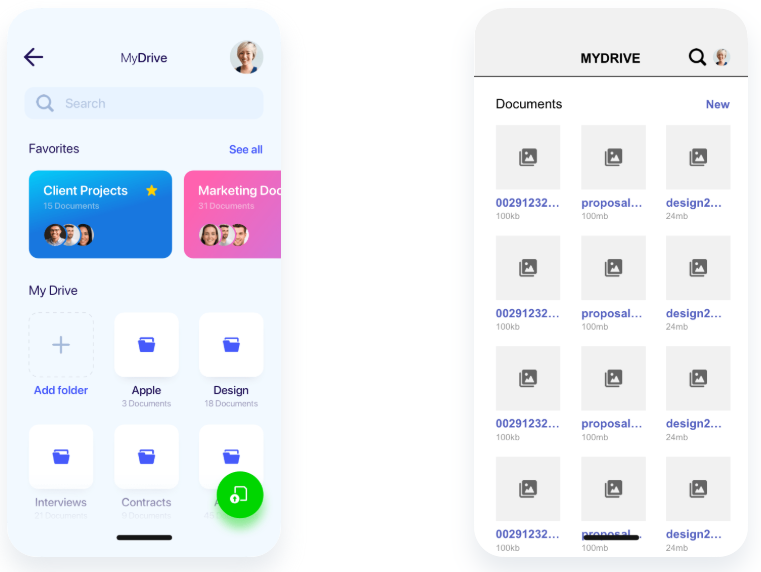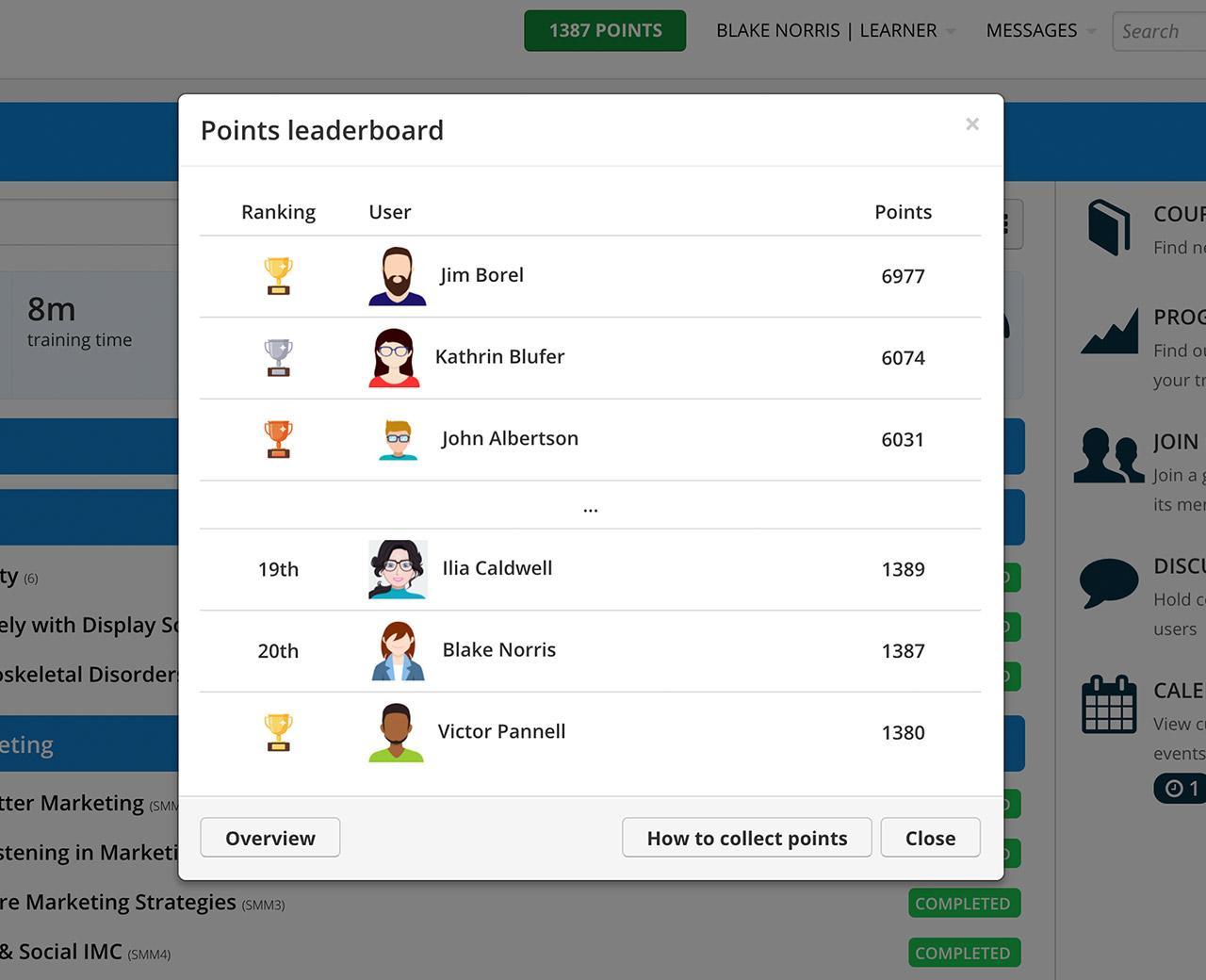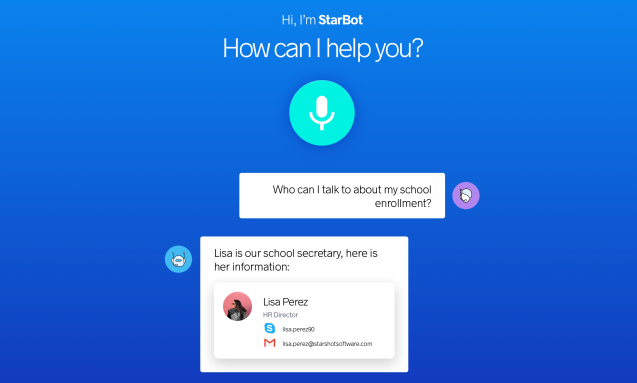E-LEARNING: An Opportunity for Change in the Face of COVID-19
- Created at:
- Updated at:
The crisis resulting from the COVID-19 has completely changed the current educational landscape, forcing schools to adapt their pedagogic plans towards e-learning methodologies.
While countries are at different points and stages of the pandemic, globally, there’re currently more than 1.2 million children in 186 countries affected by COVID-19 school closures.
This sudden move away from the classroom has forced many institutions to take an unplanned and rapid step towards online learning or e-learning, with weak platforms and inadequate preparation.
It's a fact that the pandemic has affected the global education market and will continue beyond COVID-19 by creating new educational models.
Studies show that, on average, students retain 25-60% more material when they learn online compared to only 8-10% in a classroom. That’s a great opportunity for schools, but to take advantage of it, they need the right tools.
A simple platform and hours and hours of listening to a teacher through a screen aren’t enough, as students end up mentally exhausted and stop paying attention.
The key is to provide students a learning experience that is interactive and encourages them to study and participate in classes using tools that not only teach but also help and entertain.
How can you achieve it?
Today's technology marketplace allows for a massive amount of ideas to be implemented, from great educational game applications to simple add-ons to the current platforms.
Here are some examples and strategies that will allow you to offer your students an enriching experience while at home:
Improve your Current E-learning Platform
This is one of the fundamental pillars for offering a successful online education and many institutions don’t give it the importance it has.
Before the crisis hit, a plain and simple e-learning platform might as well did the trick, since most of the teaching was done face-to-face at class. But now, after this sudden impact, these platforms have fallen short of resources and have been unable to support the high volume of students using them at once. Sluggish and bumpy connections, a plethora of errors, and poor communication features are some of the repercussions.
The most important points you should keep in mind are the following:
Design, inside and outside
We have been seduced by beauty ideals since the early days and applications are no exception. Therefore, a question arises. Why would your students want to use unattractive and obsolete tools? Today, technology allows you to create breathtaking digital platforms with fantastic user experience at their core, let’s take advantage of it.
Start by analyzing your student profile (How old are they? What pages do they visit the most? What pages do they have difficulty accessing?) and use all the information collected to create an enjoyable and engaging user experience that conveys all the values of your school.
Also, a very effective strategy is to answer these six key questions created by the senior user experience designer, Prayag Gangadharan.

These questions will help you define better strategies and solve your key problems. As he says in his blog, smart user experience design starts by identifying the problem and guiding all ideas to solve that problem. Here's a visual example, which one of the following designs you consider more attractive?

The differences are obviously minimal, yet they can make a great impact on the user. However, not only the external aspect matters, the interactivity with the platform is also relevant.
Games, a Powerful Tool
Educational games allow children to develop their cognitive, creative, and even social skills as well as passively enable them to fully grasp all the content introduced during the lessons.
From video games to gamification, there’s a wide range of resources available. You can use scoreboards, add badges every time your students consolidate a new topic or incorporate quizzes at the end of each lesson to see what they have learnt, just to mention a few ideas.
You can also use gamification to train teachers, improve their skills, learn new methodologies, or enhance their curriculum. The possibilities are endless!
“Games and gamification both can lead with high levels of learner engagement and motivation” Karl Kapp, professor at Bloomsburg University.

Effective Communication is Essential
When teaching face-to-face, doubts are resolved on the spot. Nevertheless, this can be complicated to maintain remotely, generating gaps between teachers and students.
You might be thinking, what about email? Well it just doesn’t work effectively for this specific purpose. It is usually slow and most of the time, teachers receive hundreds of notifications a day which have to answer individually.
Chatbots can be a great solution because they allow faster and more fluid communication. They can even answer FAQS and help you solve your students' most common doubts.

How do chatbots work?
Chatbots are text-based programs empowered by artificial intelligence and natural learning processes. They are made to interact with users over a given platform, network, or application.
Their ability to deliver a cognitive digital experience and manage multiple interactions with natural interface makes them a very cost-effective option for students’ support.
Also, their 24/7 availability makes them very useful to solve doubts outside school hours.
In a sector where time, funds, and resources are generally limited it’s essential to have intelligent tools that optimize certain processes to continue offering topnotch quality education to students, as well as to make them feel integrated and listened to.
Here are some of the many benefits you can get from integrating them into your e-learning platform:
- They can answer questions about deadlines, curriculums and exams.
- They can issue teacher evaluations and streamline the data analysis process.
- They can help teachers keep up with new assessment standards and models.
- They can help students understand difficult concepts in a way that feels like someone else is teaching them.
- They can accelerate student enrollment, payment, and paperwork
- They can improve accessibility to web content
There are many more points that could be taken into account but, once you have covered the 3 basic needs of a good e-learning platform: user experience, interactivity and communication, you can achieve a successful education for your learners.
Final thoughts
This abrupt transition hasn't been easy for most schools. Familiar with a traditional educational model, they have been struggling to keep up with their own standards. The truth is that the best educational technology doesn’t necessarily replace the traditional classroom but enhances it. Through the latest educational innovations, teachers and students now have better access than ever before to quality resources and effective learning methods.
In the current market, there’re many e-learning platforms already in place, but they are often quite limited and not very focused on the needs of the learners. That is why we recommend choosing companies specialized in software technology that will provide you with fully customized solutions to your educational center and help you tackle your students' problems in the best possible way, offering a powerful, interactive and safe experience.
We put ourselves in the user's shoes to offer you the best strategy and the greatest results. Whether it's a whole new e-learning platform or improvements to an existing one, we specialize in a wide range of solutions.
No additional information provided by user.
Popular posts
-
Why You Should Choose Ionic Framework for Mobile App Development
- 1
- 1
-
Which e-commerce platform is the most SEO friendly?
- 1
- 2
-
How to update drivers on Windows 10
- 0
- 0
-
Who should be held responsible for a customer data breach?
- 0
- 0
-
Photo editing software for PC
- 0
- 0
-
Top Magento migration mistakes most business owners make
- 1
- 0